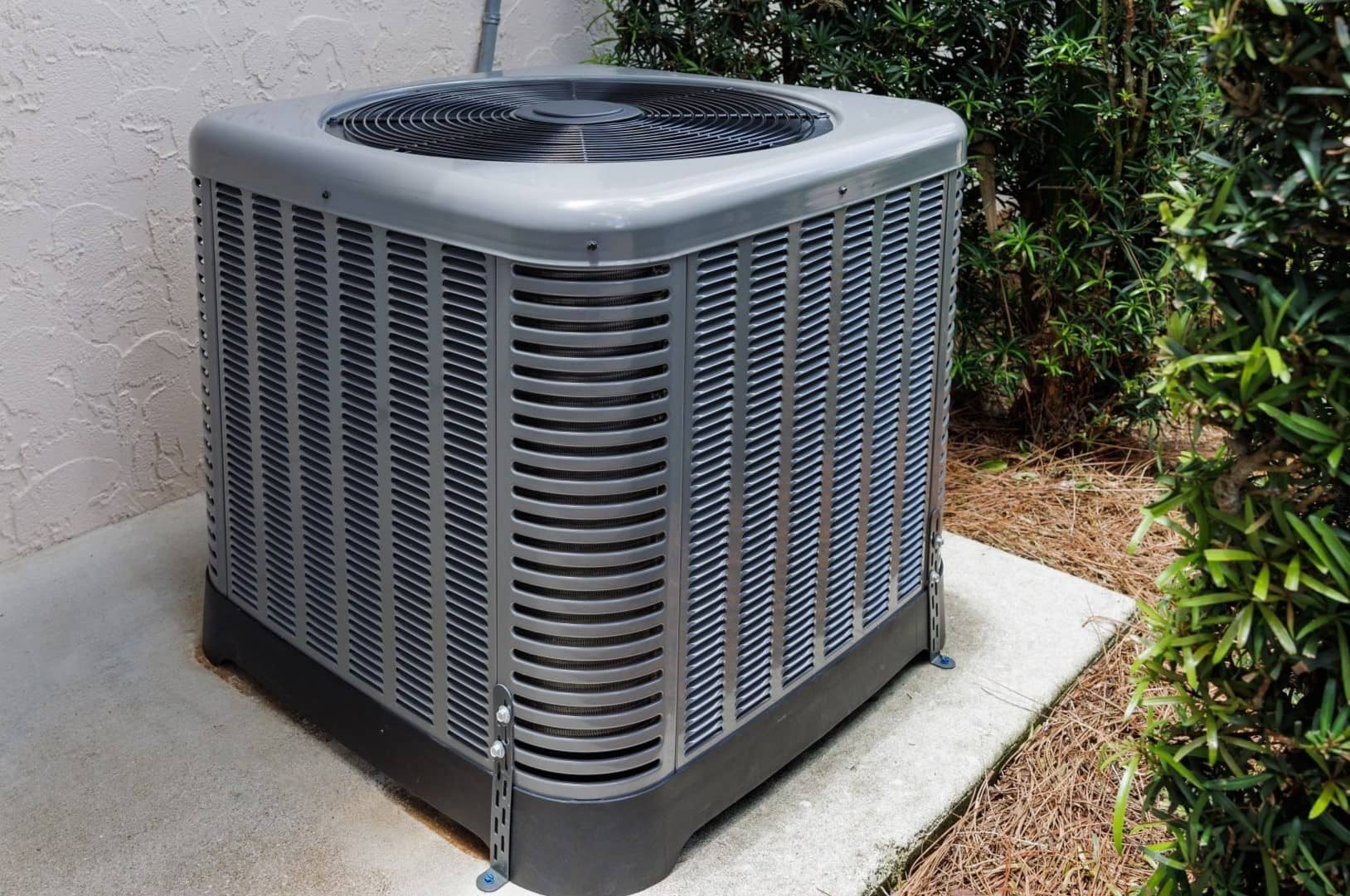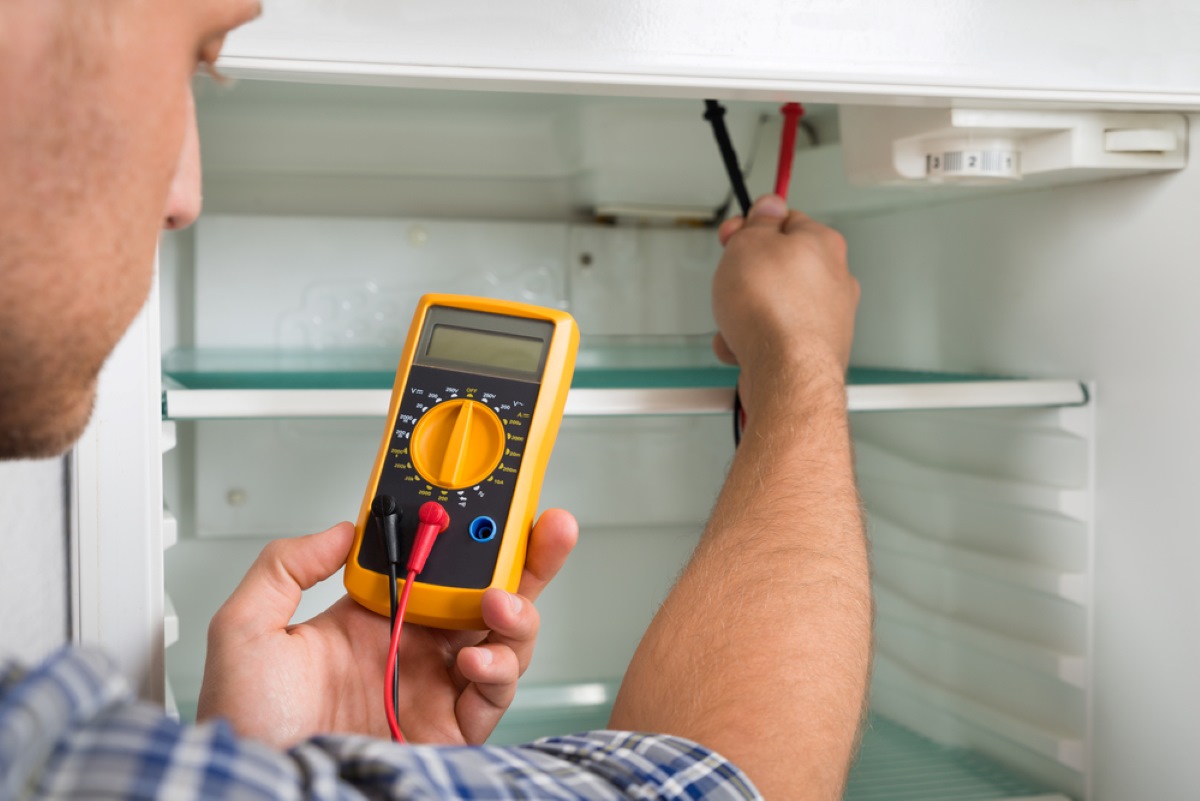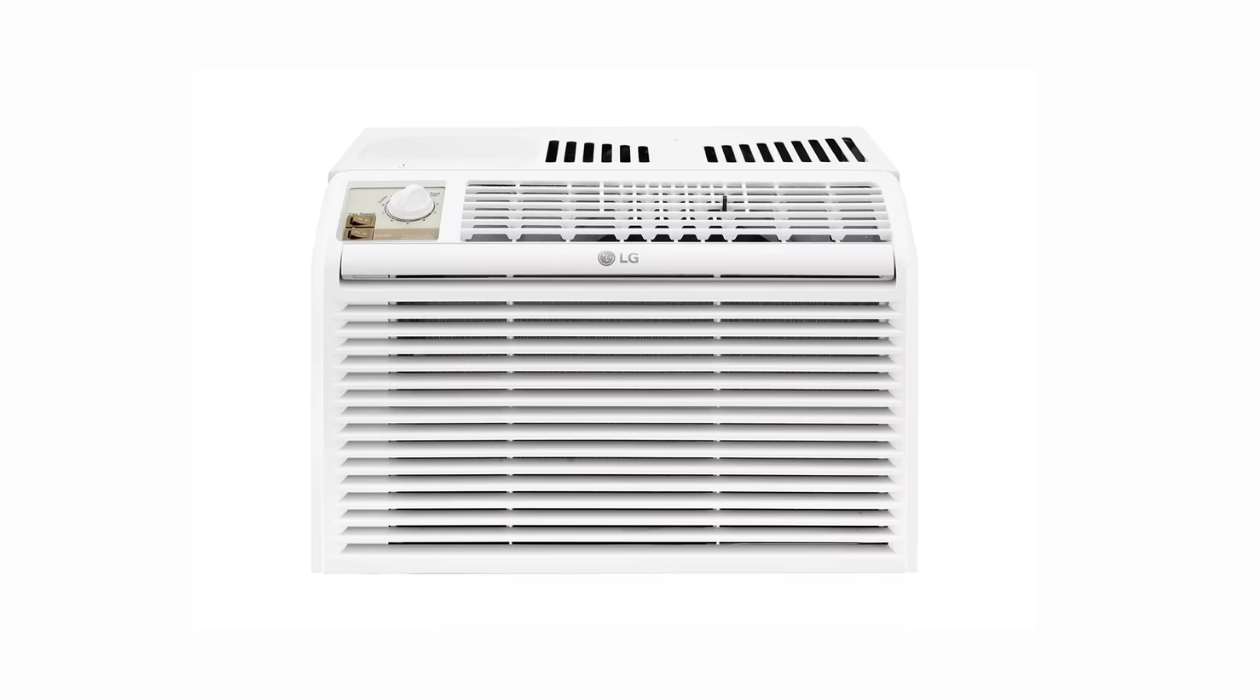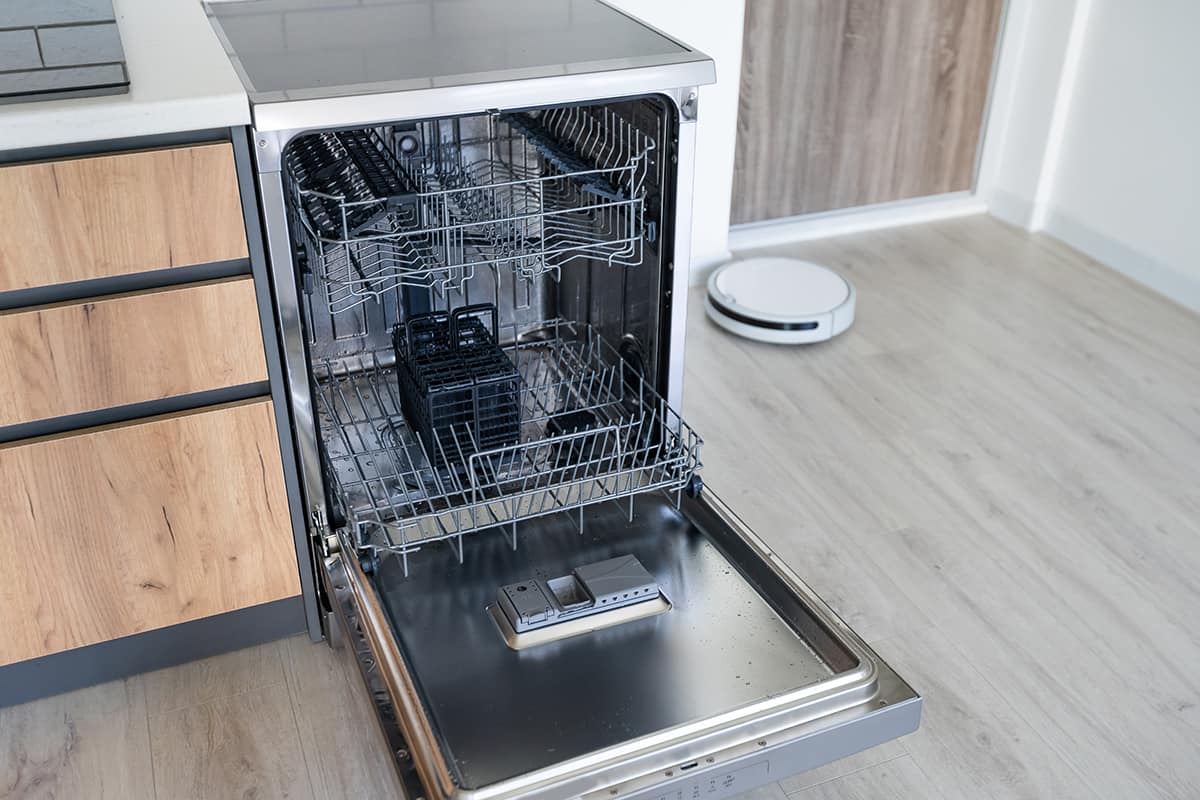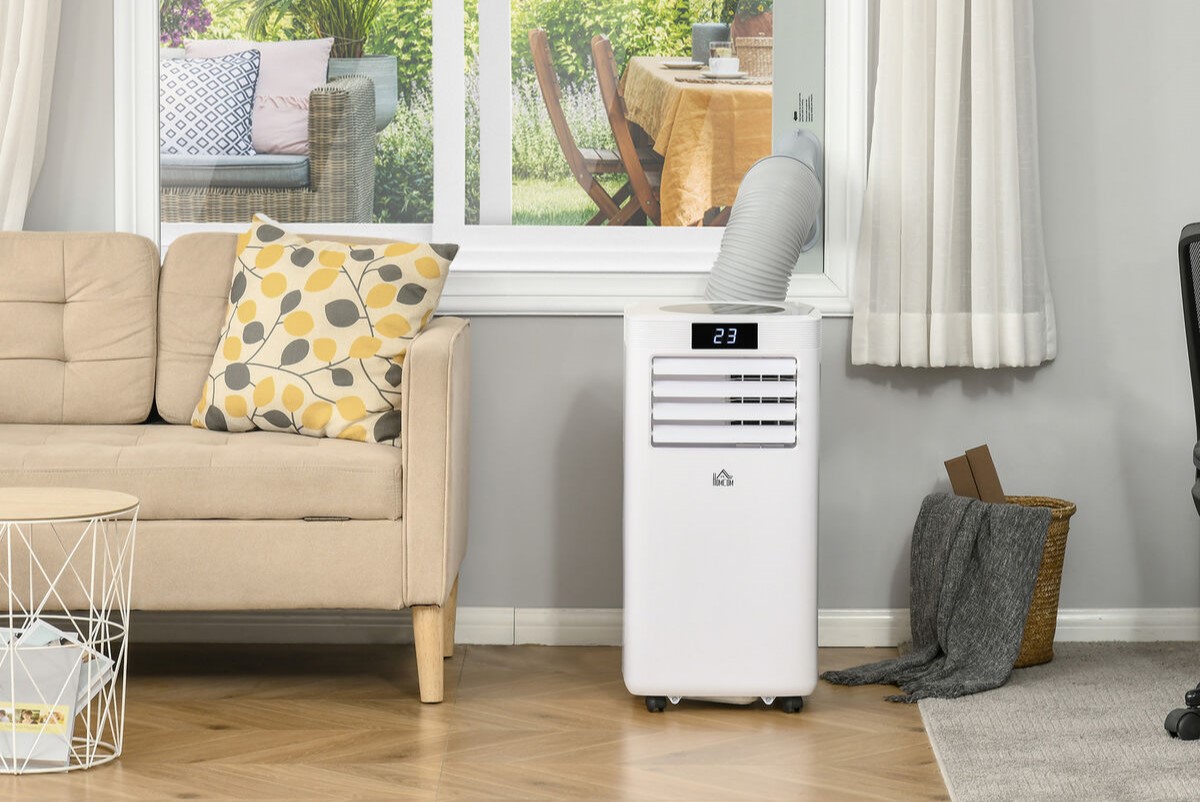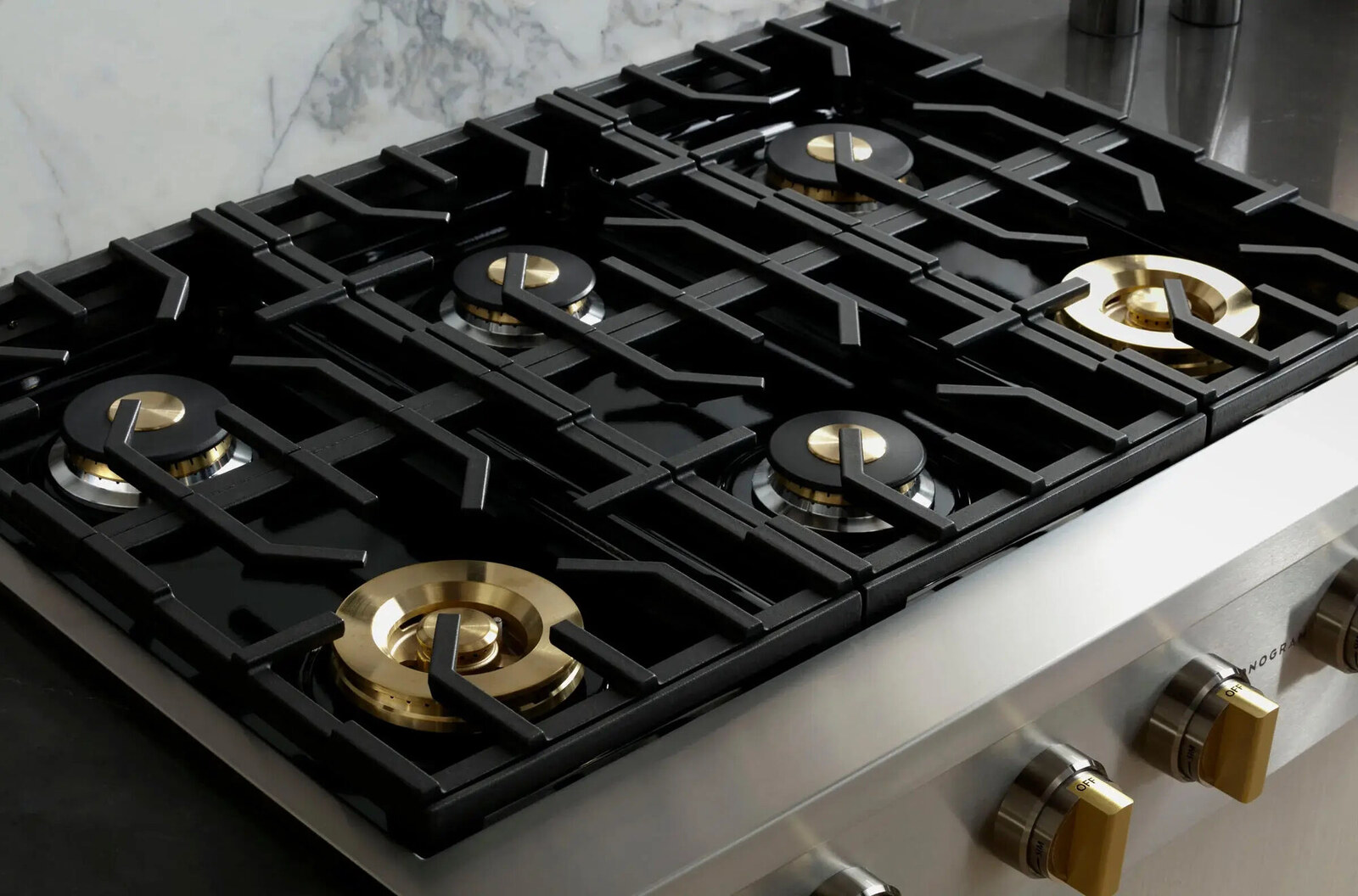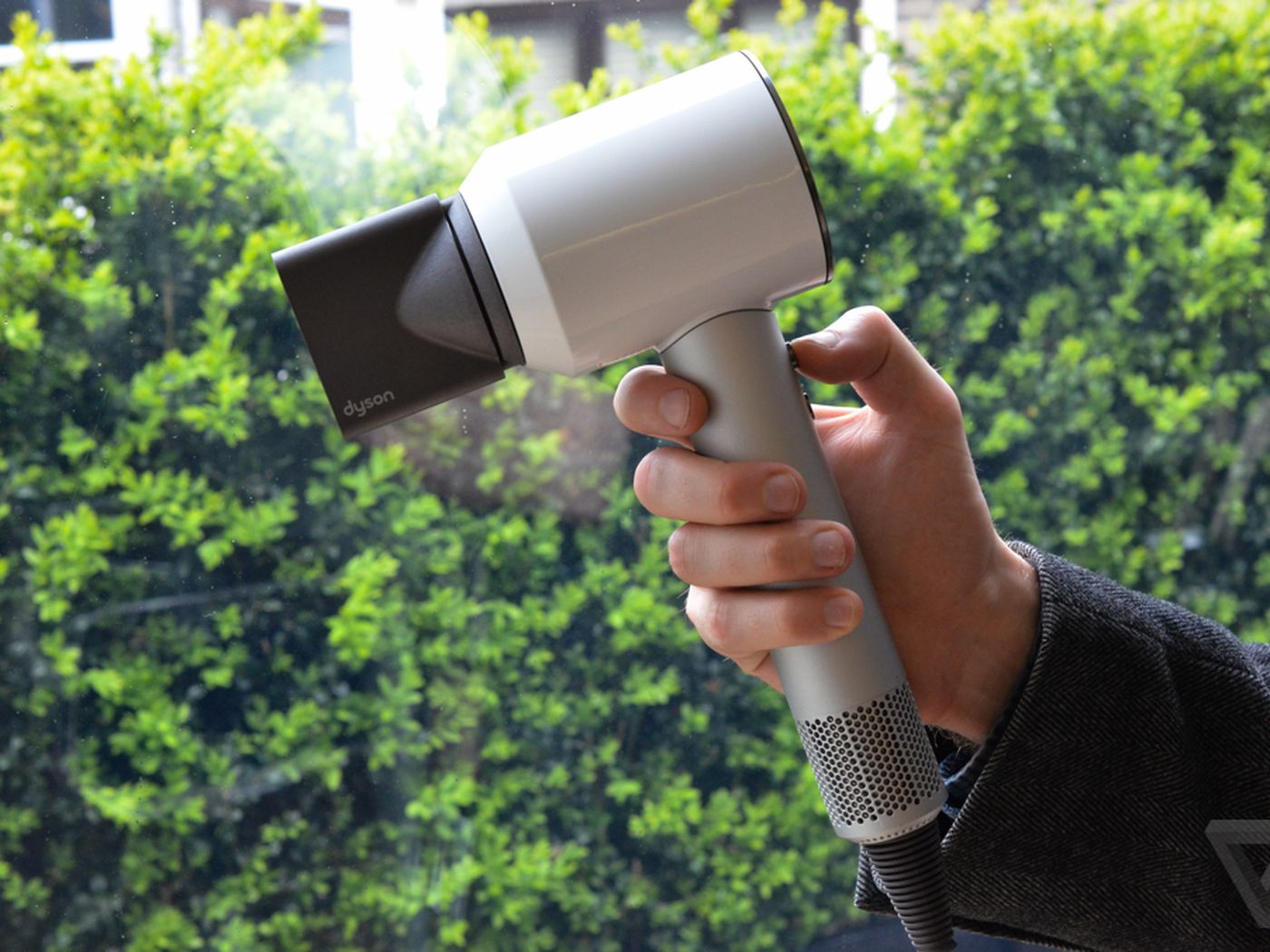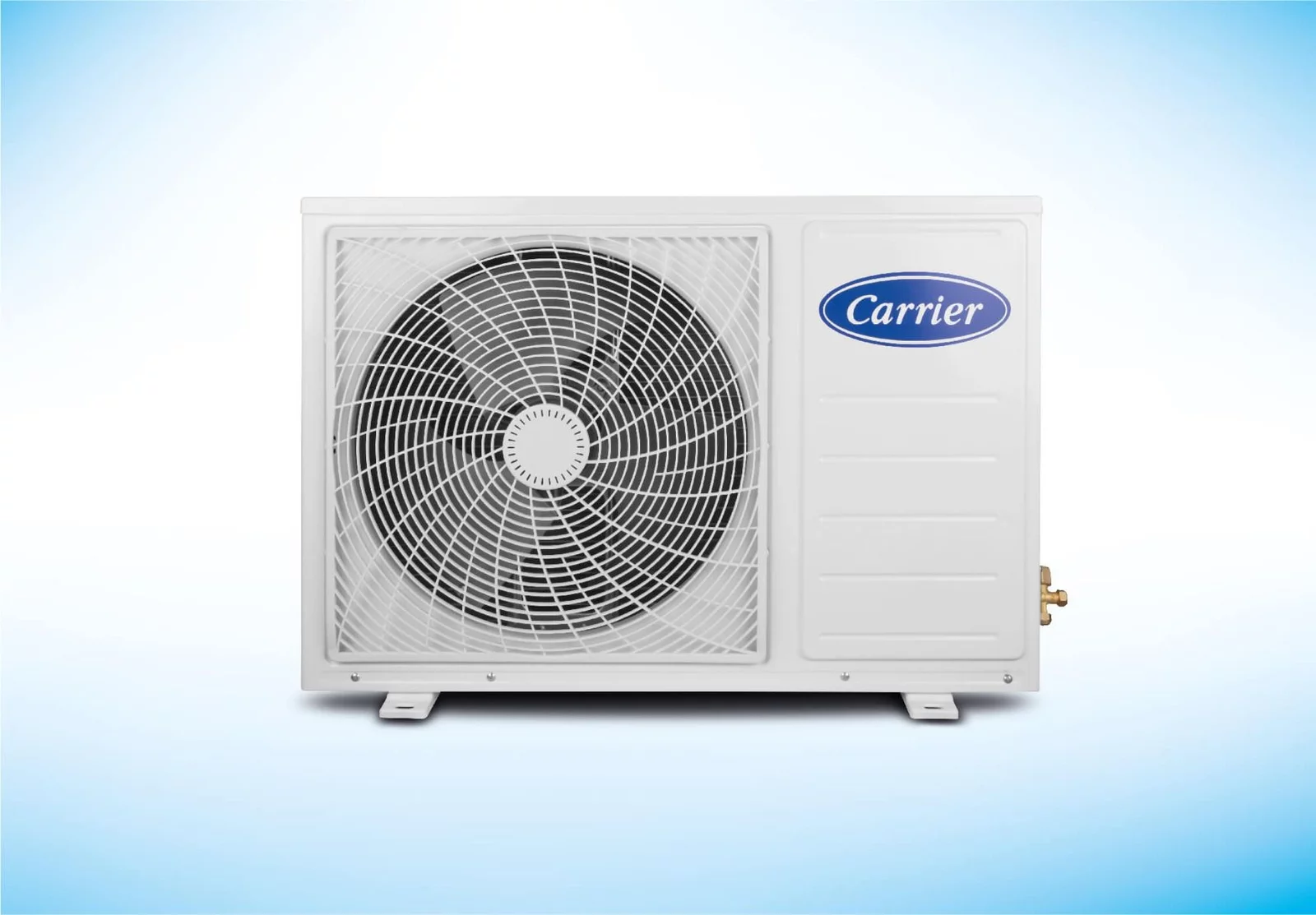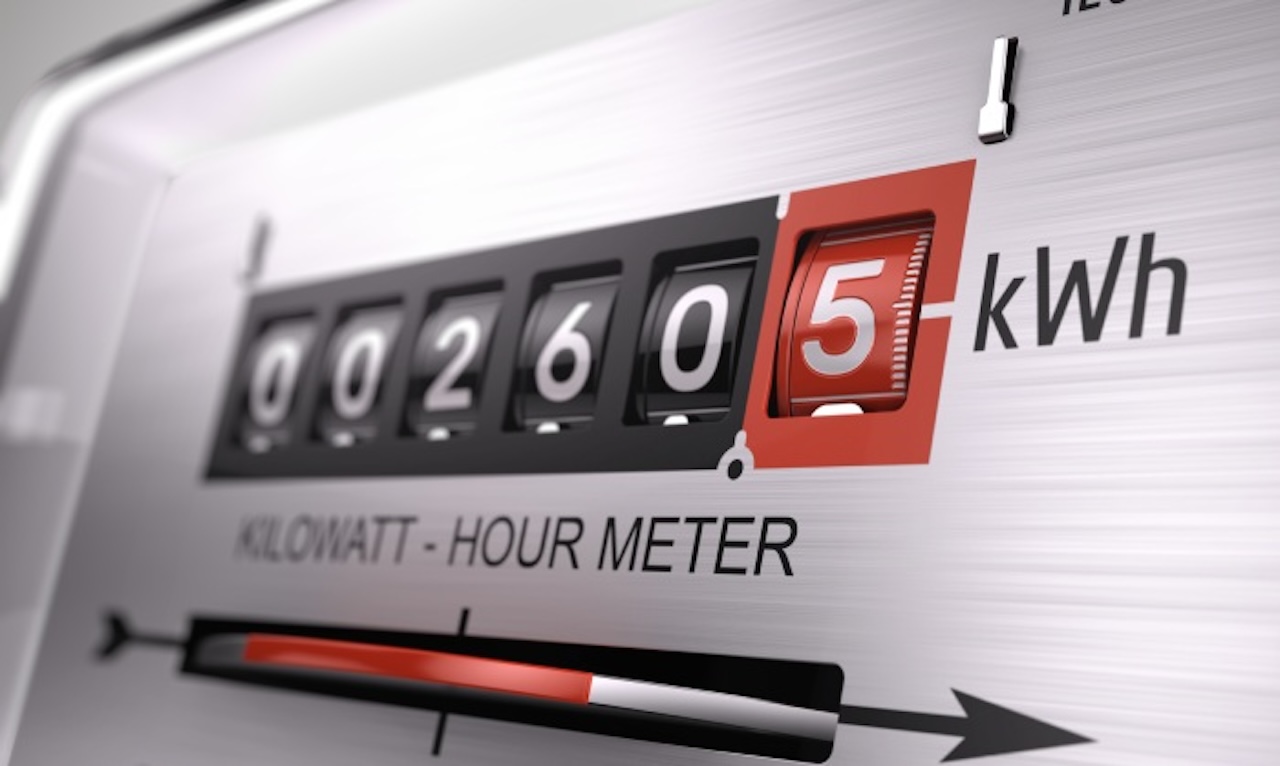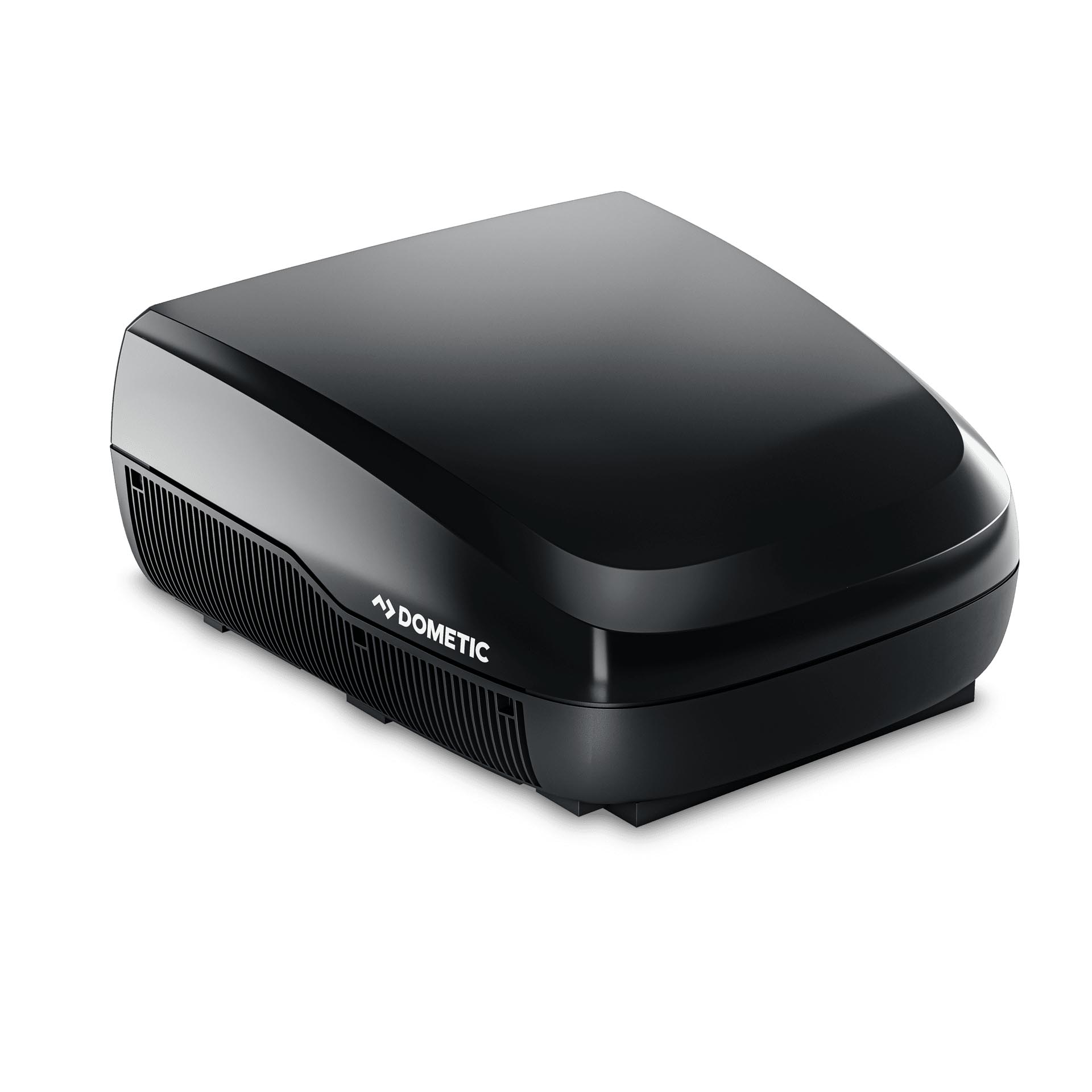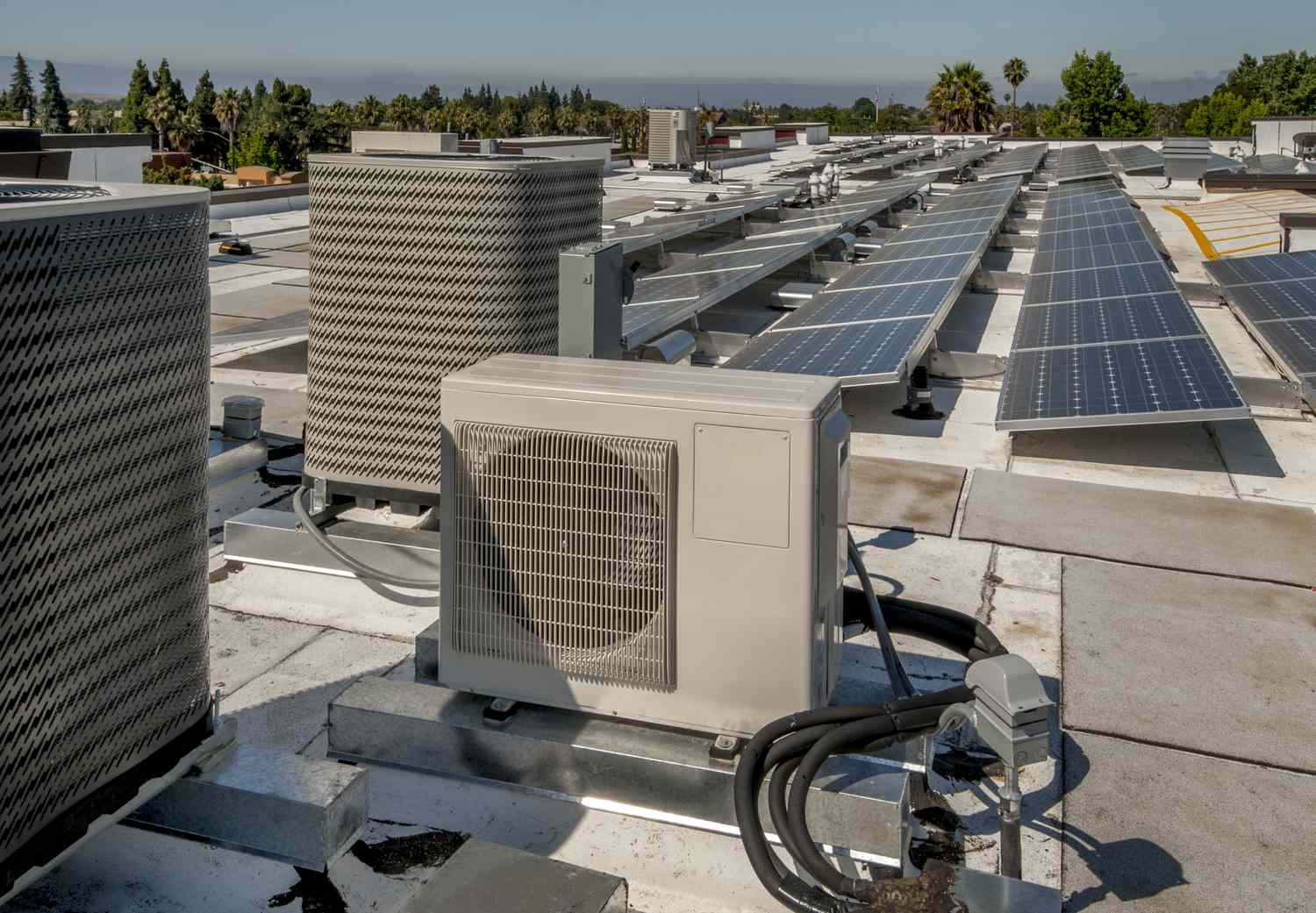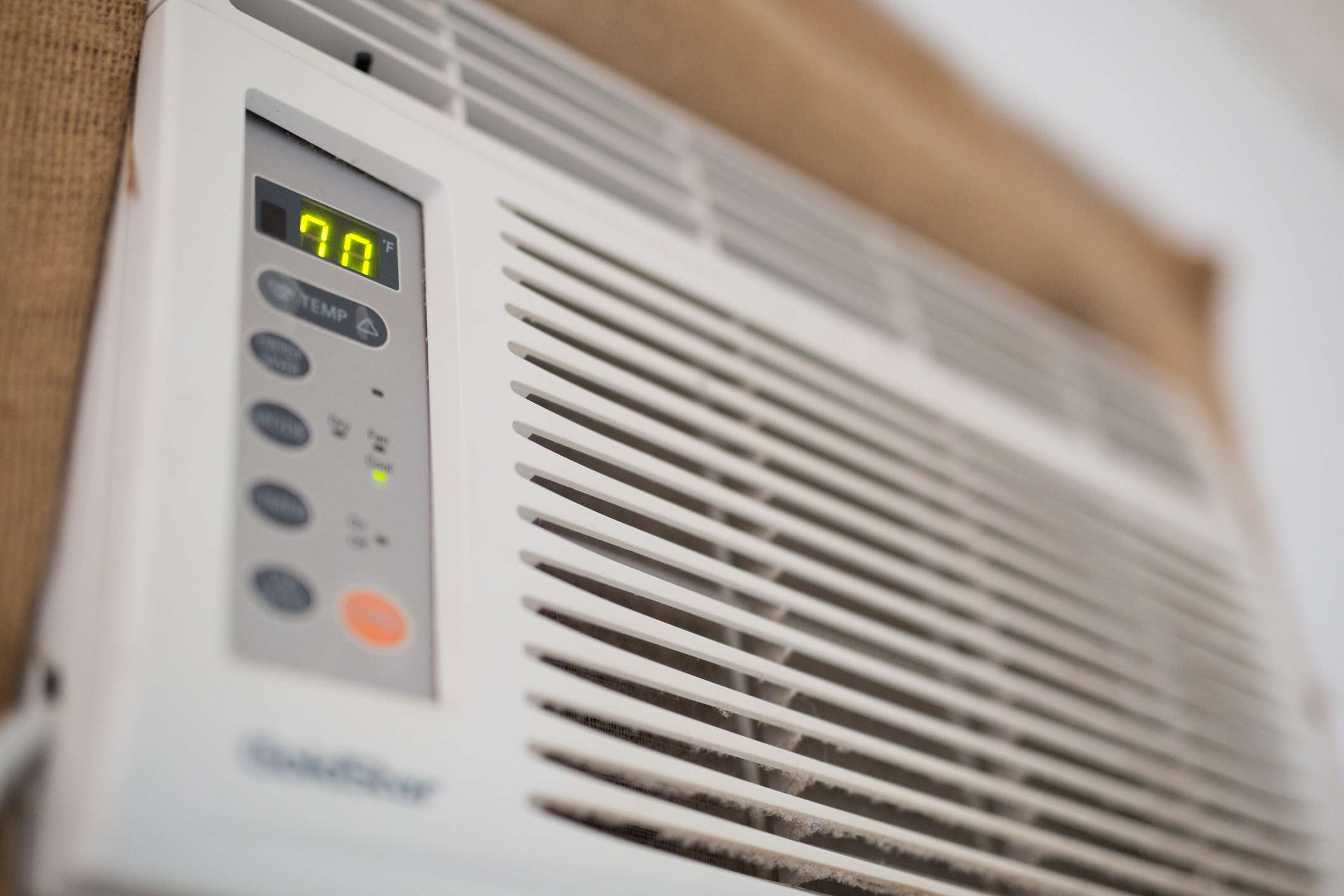Home>Home Maintenance>How Many Amps Is A Portable Air Conditioner
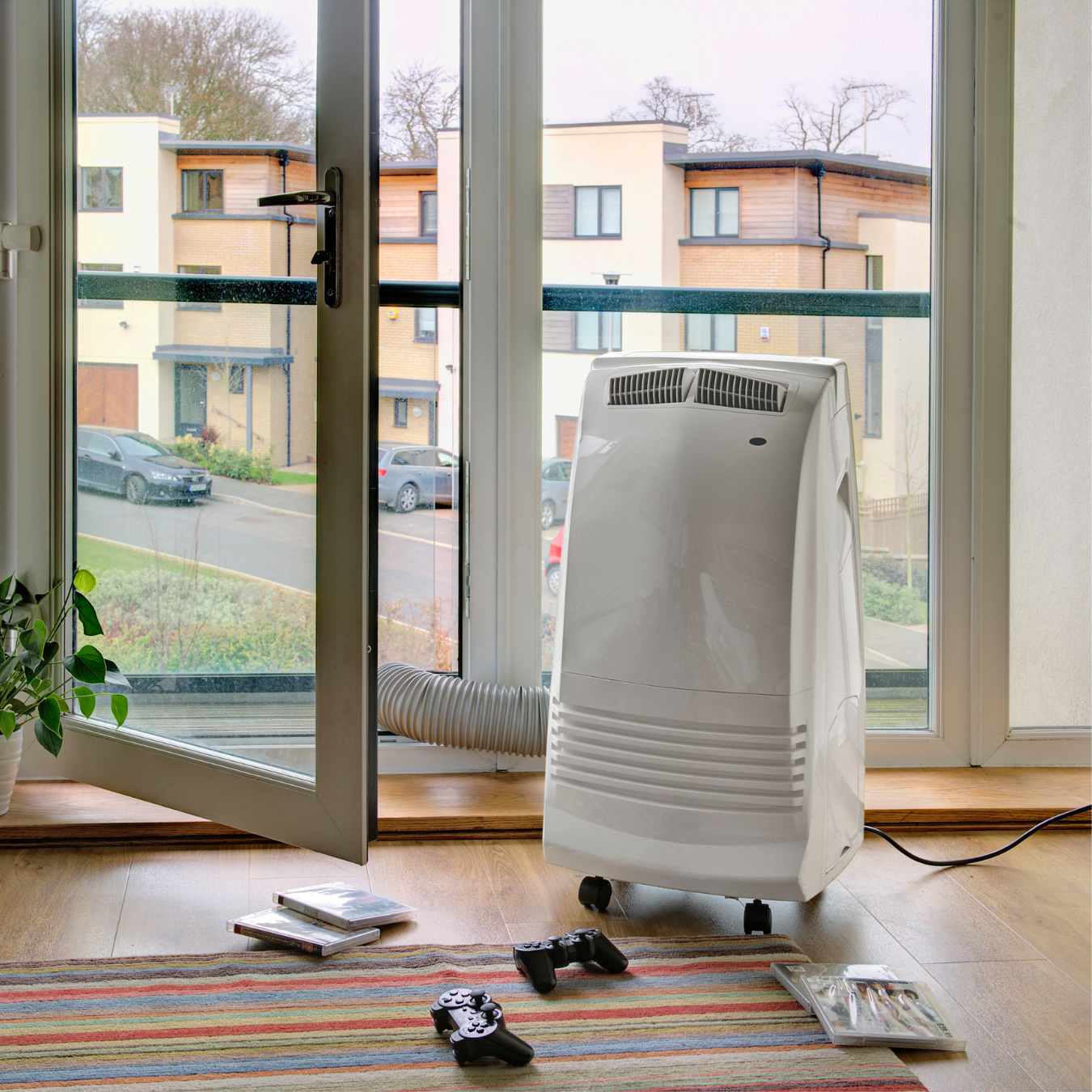

Home Maintenance
How Many Amps Is A Portable Air Conditioner
Modified: March 7, 2024
Find out the ideal amperage for a portable air conditioner and its impact on home maintenance. Discover energy-efficient cooling solutions for your home.
(Many of the links in this article redirect to a specific reviewed product. Your purchase of these products through affiliate links helps to generate commission for Storables.com, at no extra cost. Learn more)
Introduction
Welcome to our comprehensive guide on how many amps a portable air conditioner requires. If you’re considering purchasing a portable air conditioner or already own one, understanding its electrical requirements is essential for proper usage and efficient operation. Portable air conditioners offer a convenient and flexible cooling solution for a variety of spaces, but it’s crucial to ensure that you have the appropriate electrical capacity to support their power needs.
In this article, we will delve into the concept of amps and how it relates to portable air conditioners. We will also explore the various factors that influence the amp requirements of these units and provide practical tips for determining and maximizing the efficiency of your portable air conditioner.
So, let’s dive in and demystify the world of amps and portable air conditioners!
Key Takeaways:
- Portable air conditioners typically require 5 to 15 amps, so check your electrical system’s capacity before purchasing. Understanding amps is crucial for safe and efficient cooling in your space.
- To use your portable air conditioner efficiently, seal air leaks, choose the right temperature, and utilize energy-saving modes. Proper maintenance and positioning also contribute to maximizing energy savings.
Read more: How Many Amps Does An RV Air Conditioner Use
Understanding Amps
Before we dive into the specifics of how many amps a portable air conditioner requires, let’s start by understanding what exactly amps are. Amps, short for amperes, is a unit of measurement used to quantify electrical current. It represents the flow of electric charge through a circuit or device.
Think of electric current as the rate at which electricity flows, similar to the flow of water through a pipe. Just as water flow can be measured in gallons per minute, electric current is measured in amps. The higher the amperage, the greater the flow of electricity.
When it comes to portable air conditioners, the amp rating indicates the amount of electrical current the unit requires to operate efficiently. This information is crucial for two reasons:
- It helps you determine if your electrical system can handle the power needs of a portable air conditioner.
- It allows you to select the right extension cords and outlets to safely connect the unit.
Understanding the concept of amps is essential to ensure the safe and efficient operation of your portable air conditioner. Now let’s explore how this knowledge applies specifically to portable air conditioners.
Portable Air Conditioners and Amps
Portable air conditioners are a popular choice for cooling smaller spaces, such as bedrooms, offices, or apartments. These units offer the advantage of mobility, allowing you to move them from room to room as needed. However, it’s important to understand the amp requirements of portable air conditioners to ensure they can function properly and efficiently.
Most portable air conditioners operate on a standard 120-volt electrical system, similar to other household appliances. The amp rating of a portable air conditioner typically ranges from 5 to 15 amps. However, it’s crucial to check the manufacturer’s specifications for the exact amp requirements of your specific model.
When selecting a portable air conditioner, it’s essential to consider the electrical capacity of your home or office. Older homes may have electrical systems with lower amp ratings, while newer homes usually have higher amp capacities. Ensuring that your electrical system can handle the amp requirements of the portable air conditioner is vital for preventing circuit overloads and potential electrical hazards.
Keep in mind that larger portable air conditioners generally require higher amps to provide sufficient cooling power. It’s essential to find a balance between the cooling capacity you need and the amp requirements your electrical system can support.
Next, let’s explore the various factors that can influence the amp requirements of portable air conditioners.
Factors Affecting Amps of Portable Air Conditioners
The amp requirements of a portable air conditioner can vary based on several factors. Understanding these factors will help you determine the appropriate amp rating for your specific needs. Let’s take a closer look at the key factors that can affect the amps of a portable air conditioner:
- Cooling Capacity: The cooling capacity of a portable air conditioner is measured in BTUs (British Thermal Units). Higher BTU units typically require more amps to produce the desired cooling effect. It’s essential to select a portable air conditioner with a cooling capacity that matches the size and cooling needs of your space.
- Energy Efficiency: Portable air conditioners with higher energy efficiency ratings may require fewer amps to provide the same cooling output. Look for units with Energy Star certification, as they are designed to optimize energy consumption and reduce electricity usage.
- Operating Modes: Some portable air conditioners offer multiple operating modes, such as cooling, fan-only, or dehumidification. The amp requirements can vary depending on the mode selected. For example, running the unit in fan-only mode will likely require fewer amps compared to the cooling mode.
- Fan Speed: Portable air conditioners often have adjustable fan speeds. Higher fan speeds may require more amps to achieve increased airflow and cooling efficiency. Adjusting the fan speed can help optimize energy usage based on your comfort needs.
- Additional Features: Certain additional features, such as built-in heaters, Wi-Fi connectivity, or programmable timers, can affect the overall amp requirements of a portable air conditioner. It’s important to consider these features and their potential impact on energy consumption before making a purchase.
Keep in mind that each portable air conditioner model is unique, and the manufacturer’s specifications will provide you with the most accurate information regarding amp requirements. Understanding these factors will aid in selecting the right portable air conditioner model that meets your cooling needs and fits within the electrical capacity of your space.
Now let’s discuss how to determine the amp requirements of your specific portable air conditioner.
When choosing a portable air conditioner, look for the unit’s electrical specifications to find out how many amps it requires. This information is usually listed on the product’s label or in the user manual.
How to Determine the Amps of a Portable Air Conditioner
Determining the amp requirements of a portable air conditioner is essential for ensuring that your electrical system can handle its power needs. Here are some steps to help you determine the amps of your specific portable air conditioner:
- Refer to the Manufacturer’s Specifications: The most accurate and reliable source of information regarding amp requirements is the manufacturer’s specifications. Check the user manual or visit the manufacturer’s website to find the specific amp rating for your portable air conditioner model.
- Look for the Electrical Data: The manufacturer’s specifications should provide detailed electrical data, including the amp rating. It may be listed as “Rated Amperage” or a similar term. Make a note of this value for future reference.
- Consider the Voltage: Portable air conditioners typically operate on standard 120-volt electrical systems. However, it’s crucial to double-check the voltage rating of your unit to ensure compatibility with your electrical outlets.
- Factor in Additional Requirements: Keep in mind that the amp rating represents the maximum electrical current the portable air conditioner requires. In some cases, it may be necessary to account for other devices or appliances sharing the same circuit to avoid overloading it. Consult with an electrician if you have concerns about the electrical capacity of your system.
By following these steps, you can accurately determine the amp requirements of your portable air conditioner. This information will help you make informed decisions regarding electrical compatibility and ensure the safe and efficient operation of your unit.
Now that you know how to determine the amp requirements, let’s explore some practical tips for using a portable air conditioner efficiently.
Read more: What Amp Breaker For An Air Conditioner
Tips for Using a Portable Air Conditioner Efficiently
Using a portable air conditioner efficiently not only helps you stay cool but also maximizes energy savings. Here are some tips to help you use your portable air conditioner efficiently:
- Seal Air Leaks: Ensure that windows and doors in the room are properly sealed to prevent cool air from escaping and warm air from entering. This will help the portable air conditioner cool the space more efficiently.
- Choose the Right Temperature: Set the temperature to a comfortable level, typically between 72-78 degrees Fahrenheit (22-26 degrees Celsius). Avoid setting the temperature too low, as it will consume more energy and may result in unnecessary cooling.
- Utilize Energy-Saving Modes: Most portable air conditioners offer energy-saving modes, such as sleep mode or timer functions. Take advantage of these features to reduce energy consumption when you don’t need the unit to operate at full capacity.
- Properly Size the Unit: Select a portable air conditioner with an appropriate cooling capacity for the size of the room you want to cool. Oversized units will consume more energy, while undersized units may struggle to cool the space effectively.
- Position the Unit Correctly: Place the portable air conditioner near a window or opening to vent the hot air outside. This allows the unit to expel heat more efficiently and maintain optimal cooling performance.
- Clean or Replace Air Filters: Regularly clean or replace the air filters to ensure proper airflow and efficient operation. Clogged filters restrict airflow, making the unit work harder and consume more energy.
- Use Natural Ventilation: When outdoor temperatures are cool, consider turning off the air conditioner and using natural ventilation, such as opening windows or using fans, to circulate fresh air.
- Keep Heat-Producing Appliances Away: To reduce the cooling load on the portable air conditioner, keep heat-generating appliances like lamps, televisions, and computers away from the unit. This prevents them from adding unnecessary heat to the room.
By implementing these tips, you can optimize the efficiency of your portable air conditioner, reduce energy consumption, and ultimately save on your cooling costs.
Now, let’s wrap things up and summarize what we’ve discussed about amps and portable air conditioners.
Conclusion
Understanding the amp requirements of a portable air conditioner is essential for safe and efficient operation. By considering factors such as cooling capacity, energy efficiency, operating modes, and additional features, you can determine the right amp rating for your specific needs. Referencing the manufacturer’s specifications and ensuring the compatibility of your electrical system are crucial steps in selecting the right portable air conditioner.
Using a portable air conditioner efficiently involves sealing air leaks, setting the temperature appropriately, utilizing energy-saving modes, and properly sizing and positioning the unit. Regular maintenance, such as cleaning or replacing air filters, also contributes to efficient operation. By following these tips, you can maximize energy savings and enhance the overall performance of your portable air conditioner.
Remember to always consult the manufacturer’s guidelines and seek professional assistance if needed, particularly when dealing with electrical or installation considerations. By combining proper knowledge of amps with efficient usage practices, you can ensure the longevity and effectiveness of your portable air conditioner.
We hope that this comprehensive guide has provided you with valuable insights and practical tips for understanding amps and effectively utilizing your portable air conditioner. Stay cool and comfortable as you beat the summer heat!
Frequently Asked Questions about How Many Amps Is A Portable Air Conditioner
Was this page helpful?
At Storables.com, we guarantee accurate and reliable information. Our content, validated by Expert Board Contributors, is crafted following stringent Editorial Policies. We're committed to providing you with well-researched, expert-backed insights for all your informational needs.
